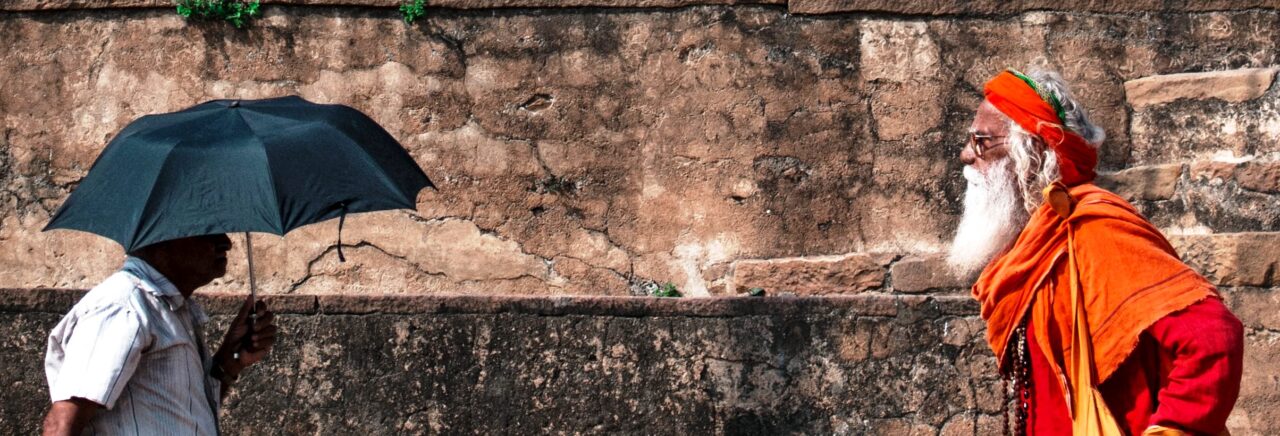“At the close of the eighteenth century, India was still, medically speaking, a largely unknown land to Europeans. … Little was known – and still less, systematically recorded … about the diseases of India or the manner of their treatment by Indian physicians” (David Arnold, Colonizing the Body).
Upon the digitisation of “The India Papers” by the National Library of Scotland, this extensive and invaluable archive, dating from 1858 up until Indian Independence in 1947, has been placed online and is accessible to the general public. The ten different types of historical sources provided by the archive attempt the feat of reconstructing the history of disease and medicine in the colonial context of British India.
Through methods of corpus analysis, our project has sought to draw out the multifarious nature of the Medical History of British India, for the archive dedicates space to the respective topics of disease, institutions, drugs, veterinary medicine, mental health, and vaccination. The collection has an extensive temporal and spatial range, not only traversing across both the nineteenth and twentieth century, but also drawing upon contextual information from the continents of Asia, Africa, North and Central America, and Europe. Furthermore, the form of the archival materials ranges between images, written and printed matter, and maps, of which we have digitally created our own to display our data.
Our project aims to create a space for the voice of the Other in the archive, drawing out the fraught complexities of such medical histories for they are inherently intertwined with colonial discourses and forms of colonial violence. Through our textual analysis, we have demonstrated some of the impacts of colonial institutions and discourses upon marginalised and oppressed individuals in British India.
Our analysis has two distinct focuses, firstly centering on mental health; the “causes” of insanity, the care of patients in British Indian asylums, and asylums as an industry for profit. Subsequently, the second part of our analysis concentrates on female perspectives and experiences, such as birth in colonial India, female medical care, and the institutional presence of lock hospitals.
To visualise the data gathered from our analyses we have constructed digital maps, pulling together critical locations from select text analyses and highlighting both their contemporary location and their historical (colonial) location. Our digital maps display essential information regarding maternity services, Indian female hospitals, asylum locations, and the places in which quarantining took place during this period.
Using computational analysis to explore the digitised files of the Medical History of British India, our project demonstrates how digital tools can be valuable in illuminating meanings in humanities artefacts. Ted Underwood has explicated how “distant reading”, a term coined by Franco Moretti, can be understood as part of a broader intellectual shift, one which combines quantitative and qualitative approaches. He states that “Since human affairs are … a continuum”, we should thus be “working on a methodological continuum”, using those methods that give us “leverage”. Therefore, while the corpora we have analysed is specific to the humanities, the tools which have aided us in our analysis are not, as we seek to uncover that which would be difficult to discern by conventional modes of reading.
Next: Text Analysis Summary
Photo by Frank Holleman on Unsplash
The citation comes from David Arnold’s Colonizing the Body, p.11


